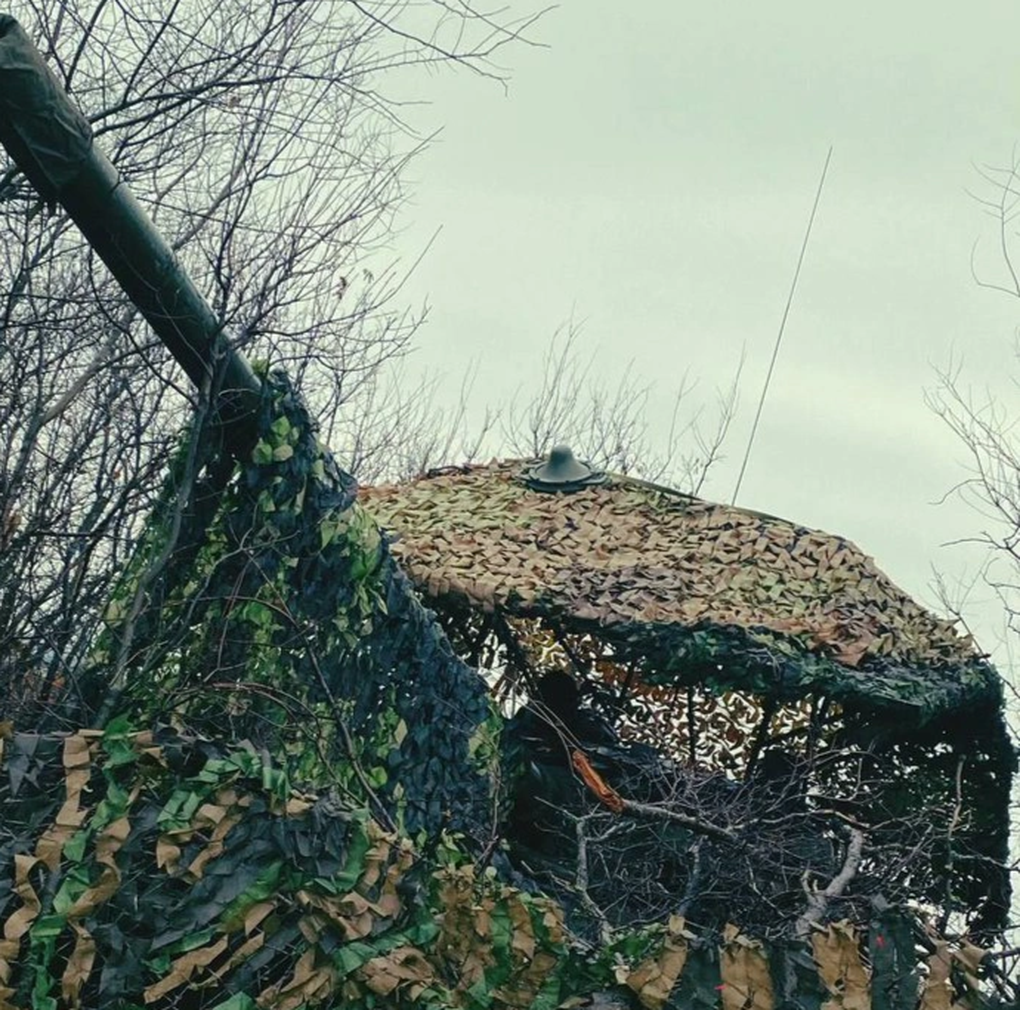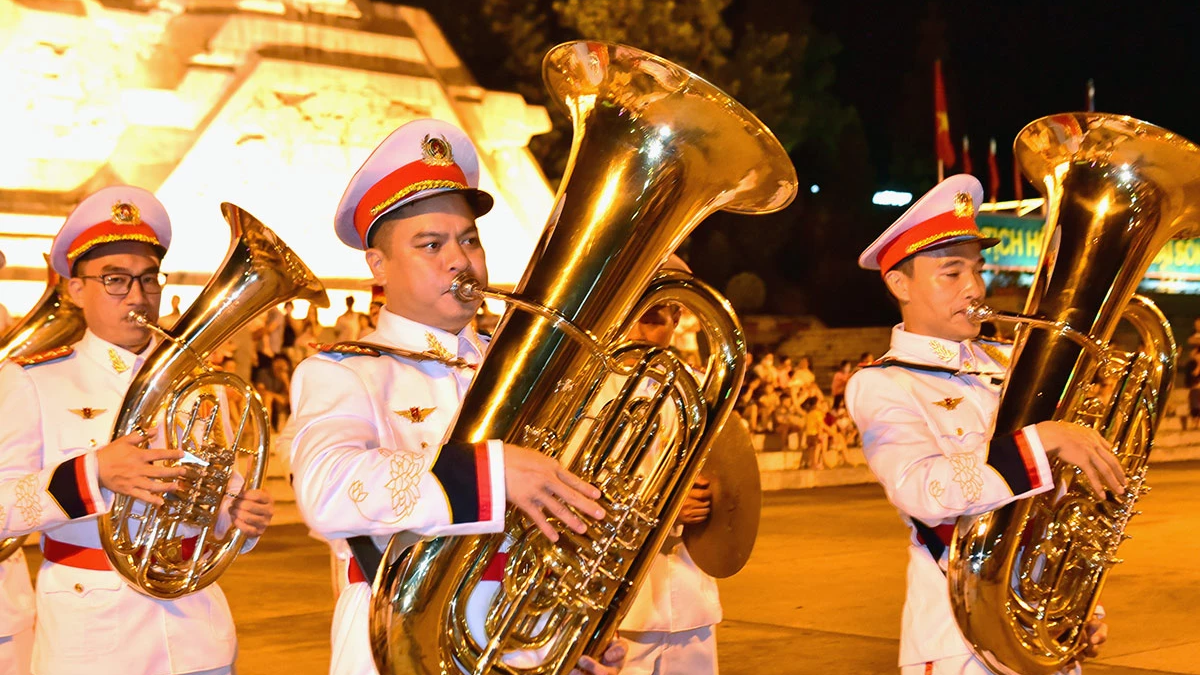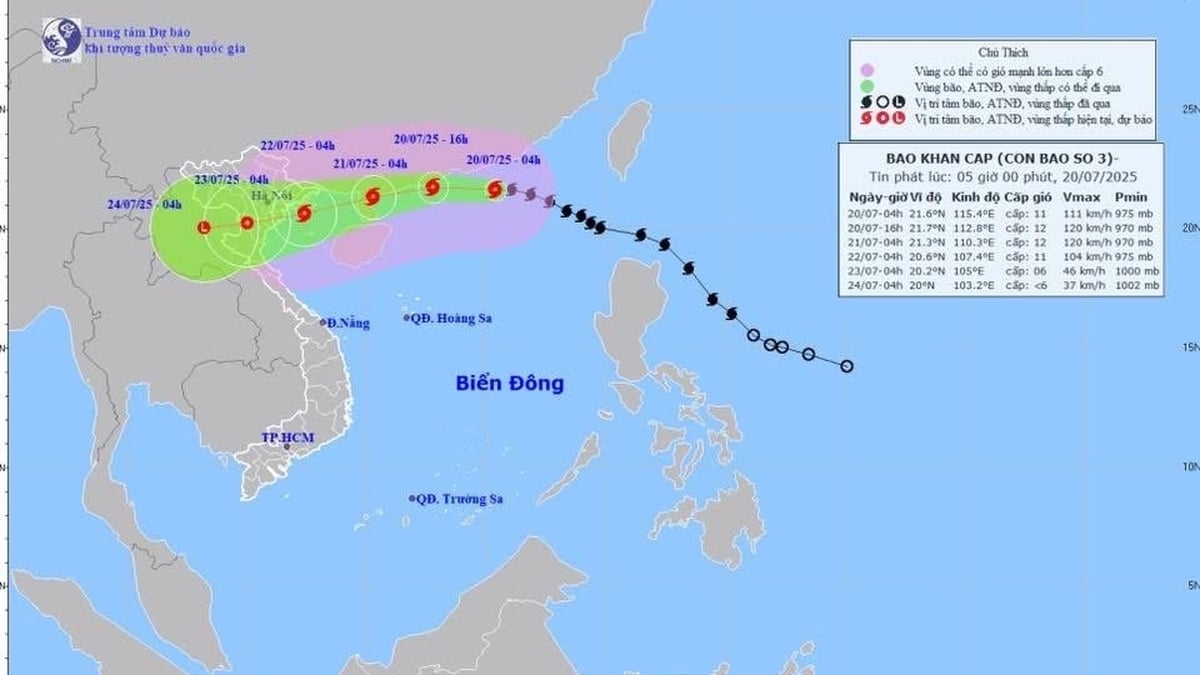
Russian tank with jamming device mounted on roof (Photo: Twitter/Business Insider).
Earlier this week, a Russian Telegram channel shared a photo of a camouflaged tank with a jammer on its canopy, a “cage” designed to protect the tank from first-person view (FPV) drone attacks.
Observers identified the cone-shaped system as a Volnorez C-UAS jammer. The same channel has previously shared multiple other photos of the same jammer mounted on other vehicles, including tanks and pickup trucks.
A video was also posted promoting the system, its manufacturing process, and how it successfully jammed Ukrainian drones. One observer said Russian Telegram channels were crowdsourcing to buy more jammers for Russian units.
While it’s unclear how effective these systems are or how many jammers are in use or where, Russia’s tactic of equipping vehicles with them speaks to growing concerns about the threat posed by FPV drone attacks.
UAVs, which cost only a few hundred to a few thousand dollars, are increasingly being used by both sides in the war that has lasted for more than 19 months. However, they have become one of the most serious threats to tanks and armored vehicles.
Ukraine has lost many tanks to Russian UAVs, including Western-aided weapons such as the German-made Leopard 2 or the British Challenger 2.
Forbes published images from the scene in October showing Russia trying to protect its old T-62 tanks from the threat of being destroyed by suicide drones.
Accordingly, the image shows that Russia is using a birdcage-like armor covering the entire tank. Previously, Russia usually only welded armor layers onto the top of tanks to prevent roof-breaking attacks.
Now, however, Russia has put an entire cage on its 1960s-era tanks. According to Forbes , Russia has had to trade off the tank's mobility in order to install a solid defense around the vehicle.
According to Forbes , Russia's move is aimed at protecting tanks from the biggest threat, Ukrainian UAVs, but may affect the combat performance of these weapons.
The problem is that for tanks on the front lines, losing mobility can lead to other threats. These tanks need to move quickly to take cover from anti-tank missiles or to be flexible enough to support operations by other forces such as infantry.
Additionally, they need to be able to rotate their turret 360 degrees to effectively engage targets from multiple angles. A birdcage armor that is twice the size of the tank would obviously hinder the tank’s ability to rotate and conceal its turret.
Source

































































































Comment (0)